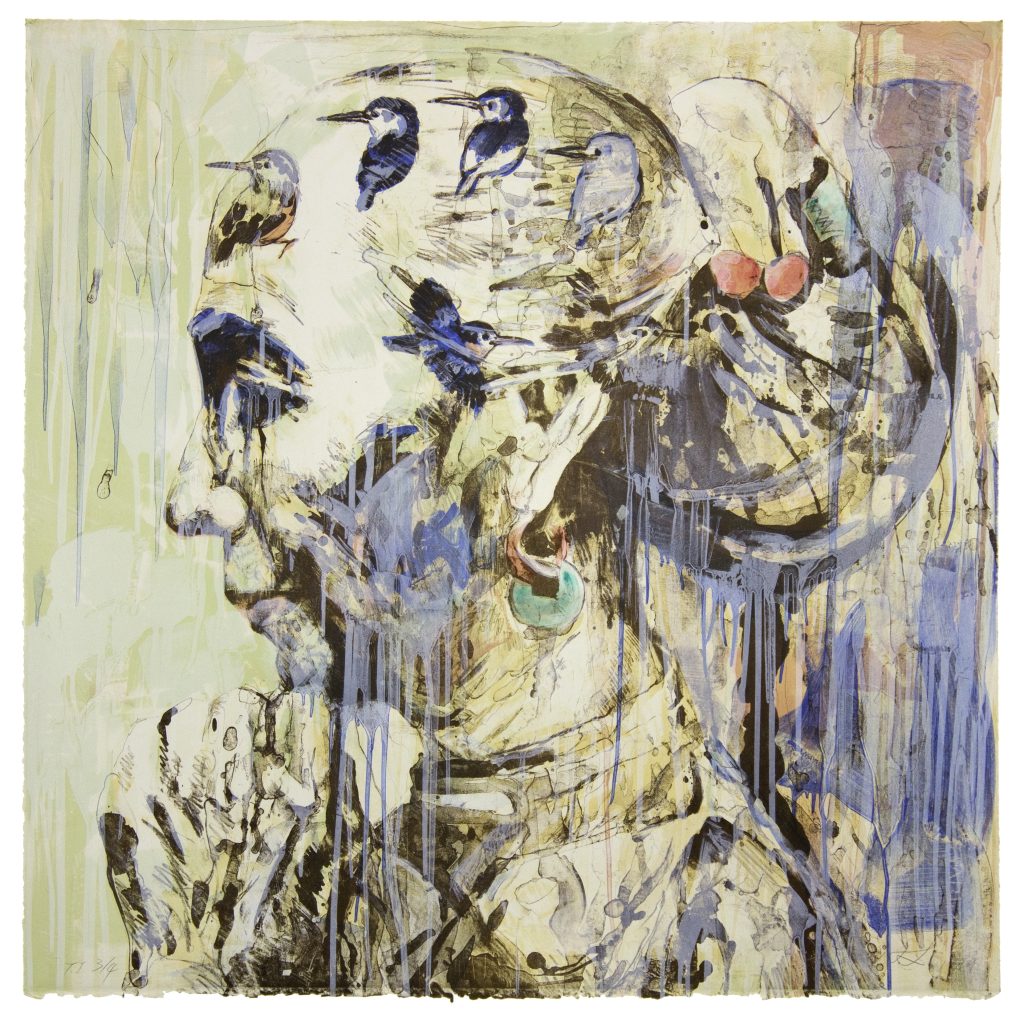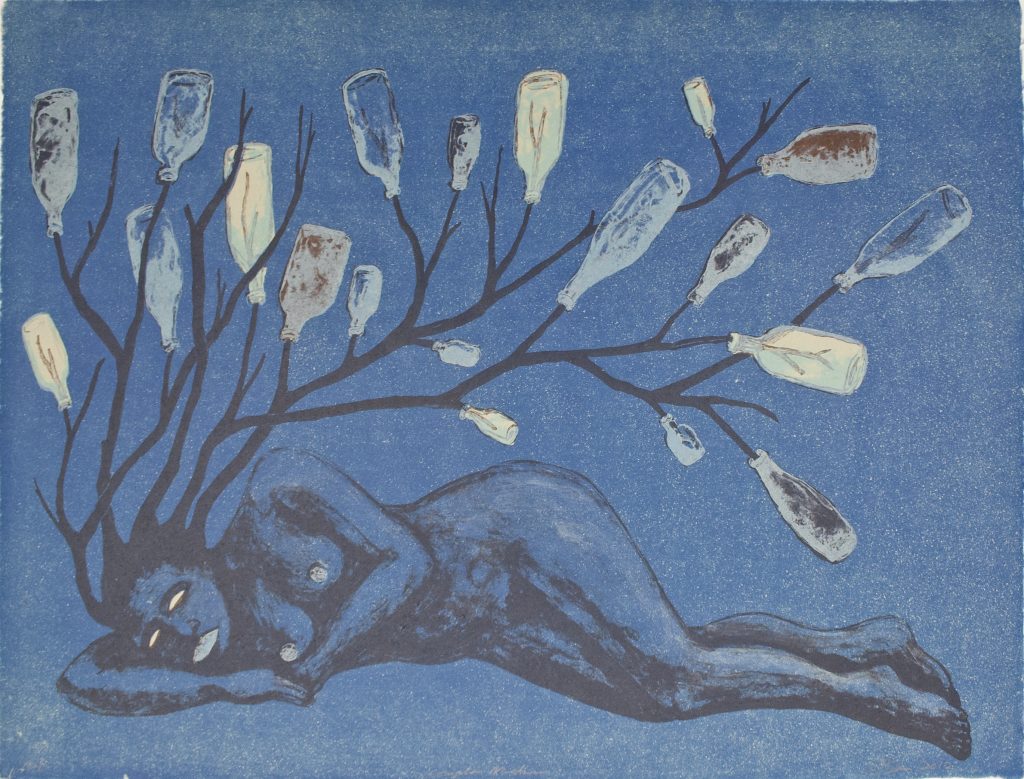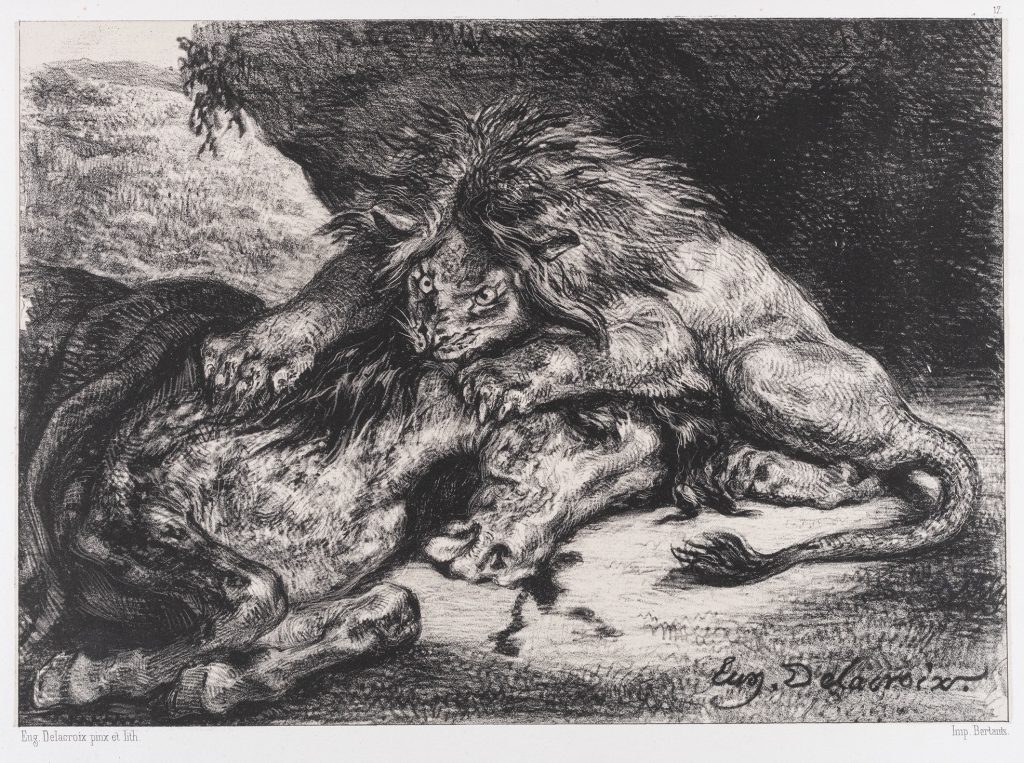
Print in Action: Lithography and the Modern World presents lithography as an agent of social, cultural, political, and artistic change. Spanning works in the UNMAM permanent collection from the early nineteenth century to the present, the exhibition is divided into six sections: Drawing on Stone, the Reproductive Print, Advertising, Travel, and Collaborative Printmaking and Lithography Today.
This exhibition was developed by Angel Jiang, Curator of Collections & Study Initiatives, in collaboration with Dr. Susanne Anderson-Riedel, Associate Professor of Art History at UNM, and her Spring 2024 History of Print II class. The class includes undergraduate and graduate students in Art History, Museum Studies, and the Tamarind Printer Training Program:
Mar Arriaga
Aniol Barris Cornet
Andres Candelaria
Hannah Cerne
Teresa De Artinaño
Anna Fiacco
Ginny Fielding
Alexander Jones
Toryn Kelly
Baahozohnii Bah Largo
Eric Lucero
Ava Moser
Caroline Ongpin
Nina Syaheda
Kyra Zartner
Drawing on Stone
In the early 19th century, painters were drawn to lithography for its versatility, economy, and expressive potential. Traditional lithography allowed artists to draw directly on the surface of a smooth limestone matrix using greasy materials like crayon or ink. Printing with lithographic stones and presses made it possible to produce many copies of an image drawn directly by the artist onto stone quickly and efficiently. As a result, lithography became a popular medium for artists seeking to distribute their work in multiples.
The works displayed in this section demonstrate a process that enables artists to capture subtleties in light, tone, form, and texture.

The Reproductive Print
Lithographs that translate existing works of art into print are known as reproductive prints. While these works are labeled reproductions, the printmaker creates a radically altered image, translating large, colorful paintings into small, black and white prints. Lithographs were published in editions and widely distributed across the world, both sold as works of art in their own right and reproduced in journals, books, and magazines. Reproductive prints therefore allowed art to cross cultural and geographical boundaries, creating a visual record of aesthetic ideas.
Lithography as a Political Tool
Lithography was a medium well-suited for artists to comment on political and social issues. The combination of wide distribution, visibility to the public, and expressiveness enabled artists to challenge establishment regimes and ideologies. Prints featured in this section were produced contemporaneously in Mexico and Germany by Leftist artists responding to the rise of authoritarianism and its implications for everyday citizens.
Travel
Travel lithographs of the 19th and 20th centuries depicted sites far away from the prints’ intended audiences. Artists were commissioned by governments, companies, and private clients to make the arduous journey across cities, continents, or oceans to create images of faraway places. These images were initially developed through field sketches or photographs and then crafted into finished compositions in the lithographer’s workshop. An interest in travel prints also developed alongside the growth of tourism in the nineteenth century, with printed images providing alluring glimpses of far-off places.
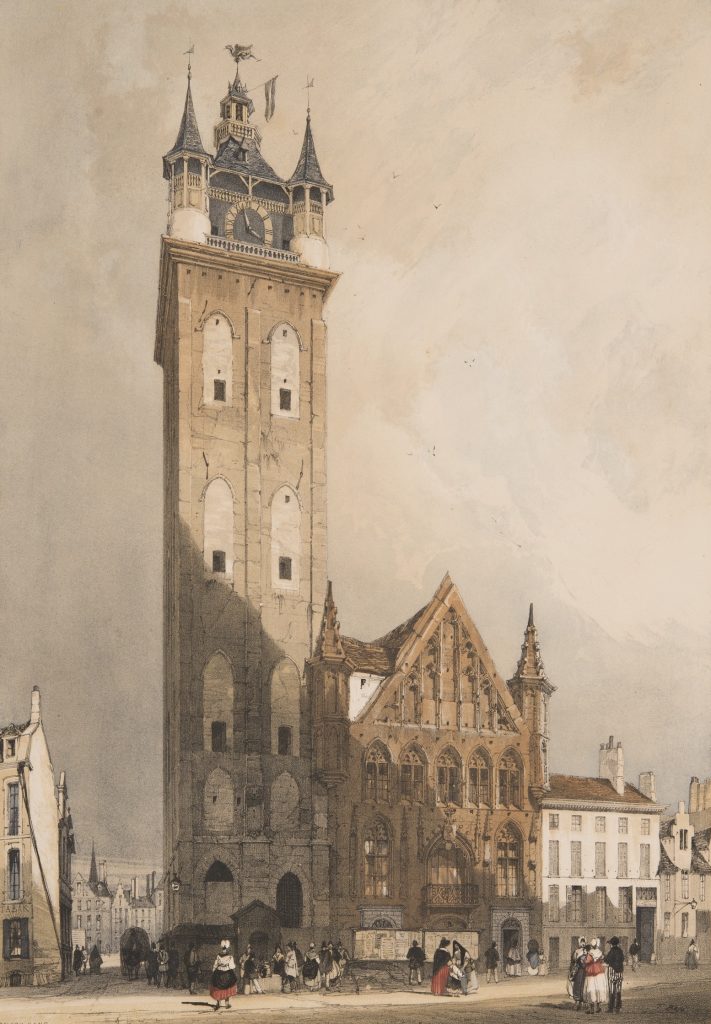
Advertising
With its low-cost production and large edition sizes, lithography became the go-to medium for the advertisement industry in the 1800s. Lithographic posters advertised everything from commercial products to cultural productions. These posters were produced through collaboration between designers, lithographers, printers, and publishers. As the industry grew, it attracted trained painters to work as graphic designers, with art and design no longer conceived as separate entities.
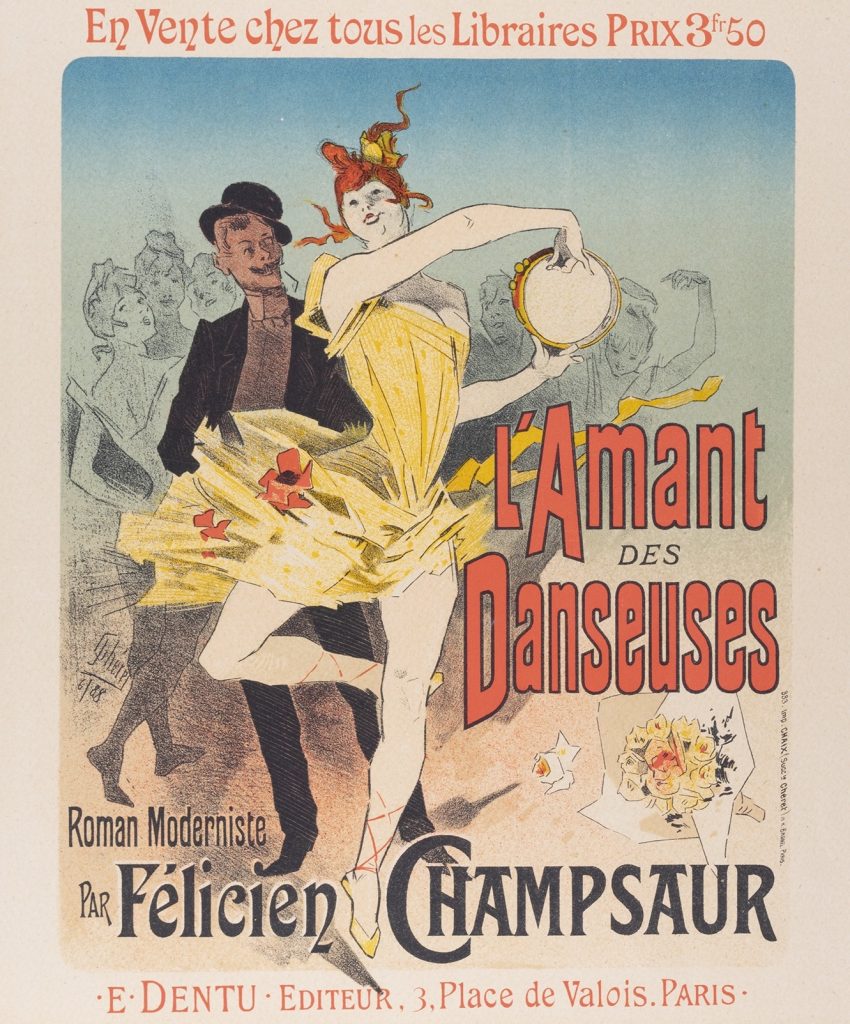
Collaborative Printmaking and Lithography Today
Behind every lithograph signed by an artist is a printer. While printers were once considered artisans who translated artists’ images to print, they are now honored as collaborators. Collaboration opens avenues for experimentation and expands the aesthetic possibilities of the medium as well as the individual artist’s practice. Printers advise artists on the choice of technique, color, material, and medium (such as crayon, pencil, tusche, ink, and beyond) and the translation of complex visual ideas into a series of sequenced and layered matrices.
Print in Action also highlights the University of New Mexico’s relationship to Tamarind Institute, a leading lithography workshop established in Los Angeles in 1960 that revived the fine art lithograph in the United States; the workshop relocated to UNM in 1970. The UNM Art Museum holds the Tamarind Archive, which contains impressions of every lithograph published at Tamarind Institute.
The prints included in this section reflect the growing diversity of printmaking today. Lithography continues to be a dynamic and evolving art form due in part to the ongoing expansion of the voices represented.
